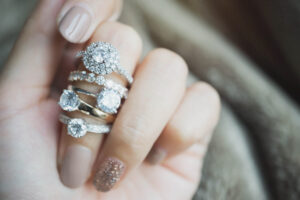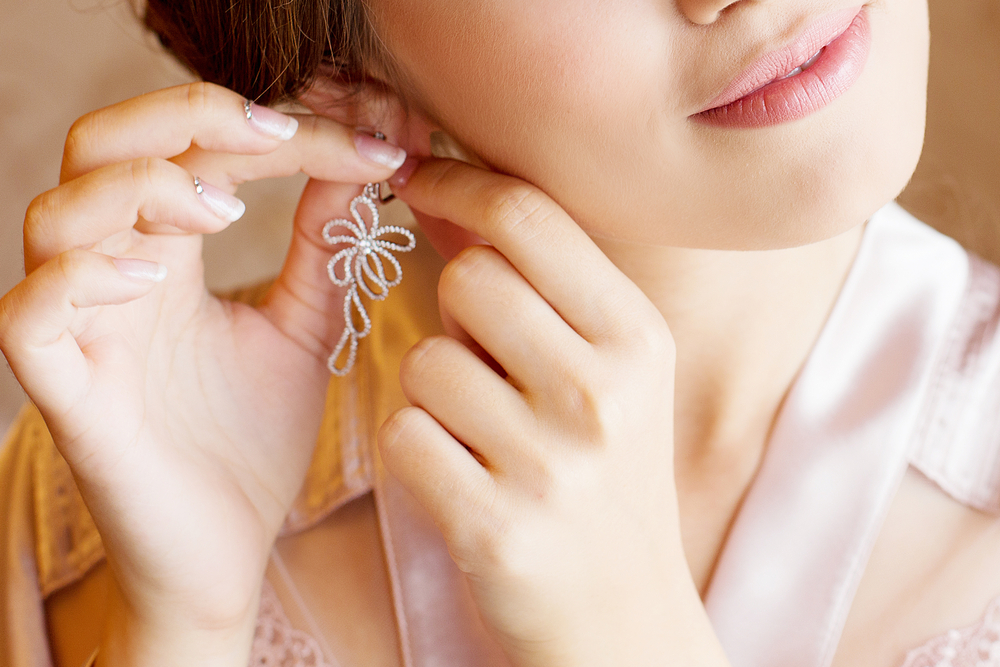
Since 2007, the GIA has begun grading lab-grown diamonds. The GIA’s prior reports for lab-grown diamonds, on the other hand, were considerably different from those for natural diamonds. For mined diamonds, the GIA only gave a comprehensive grading report. They only rated the color and clarity range for lab-grown diamonds, rather than particular grades, making it difficult for corporations to sell lab-grown diamonds for consumers.
This is why lab-grown diamond grading reports have traditionally come from either the IGI or the GCAL. With a recent policy change, the GIA will now give comprehensive color and clarity grading for lab-grown diamonds only online.
History Of GIA Grading
Only natural diamonds received a full GIA grading report for a long time. Though the non-profit educational and scientific organization has taken minor steps toward adopting lab-grown diamonds, a recent declaration in the summer of 2020 that this policy will be changed is a significant step forward for the industry. This regulation change not only strengthens the lab-grown diamond sector but also assists consumers in navigating the complicated world of diamonds.
Although lab-grown diamonds have been around for hundreds of years, their use in jewelry is still relatively new. Earlier, the GIA only provided identification reports for lab-grown diamonds, rather than comprehensive grading reports for the general public. Even a skilled gemologist will have difficulty distinguishing between mined and lab-grown diamonds. As a result, these stones were sent to the Gemological Institute of America (GIA) to be tested and confirmed as genuine.
GIA Changing Their Policies

The GIA just announced that their lab-grown grading policy will be changed. The GIA will offer comprehensive color and clarity grading for lab-grown diamonds, albeit the reports will only be available online.
The GIA will engrave the GIA report number as well as “Laboratory-Grown” on the diamonds, but will not provide any information on the diamond’s origin or growth characteristics. They may add these in the future, but they are more trade-oriented than consumer-oriented standards. To reduce confusion and enhance openness in the diamond industry, lab-grown diamond reports will differ from mined diamond reports.
Bottom Line
Although this GIA’s grading policy has changed in late 2020, it will take a bit of time for their lab-grown diamond certificates to appear on websites and in stores. This adjustment, on the other hand, will aid in the expansion of the lab-grown business and may encourage other corporations that have been hesitant to enter it. if you are planning on buying lab-grown earrings, make sure to check the grading reports first.
